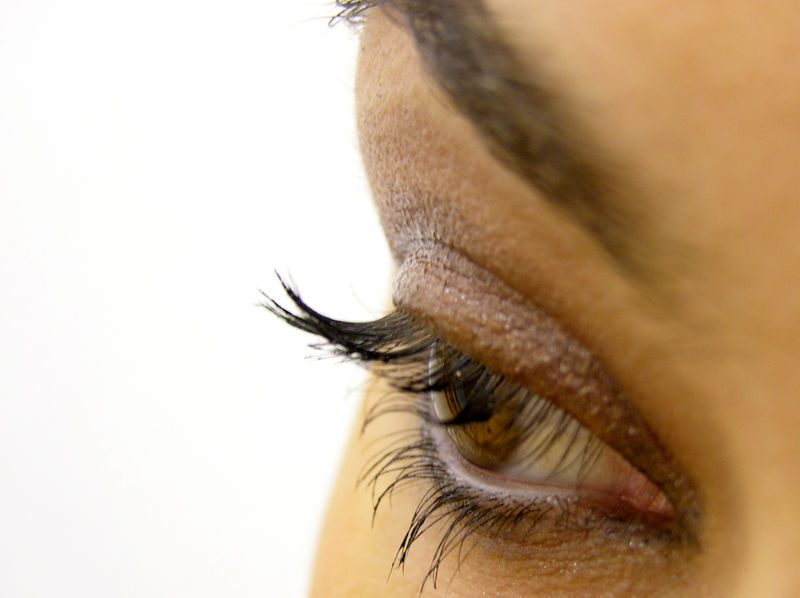
Have you ever paused to consider the incredible precision and delicate nature of internal medicine, especially when it comes to the chest area, a vital hub of our most critical organs? For decades, complex conditions within the thoracic cavity often necessitated traditional open surgery, involving large incisions and lengthy recovery periods. But what if there was a way to navigate this intricate landscape with far less intrusion, turning a daunting procedure into a more manageable journey for patients?
Enter Video-Assisted Thoracoscopic Surgery, or VATS for short—a true marvel of modern medicine that has transformed how doctors diagnose and treat problems within the chest. Imagine a world where surgeons can peer inside your body, not through a wide opening, but through a tiny camera, guiding their skilled hands with incredible accuracy. This minimally invasive technique is precisely that, allowing for a level of precision and patient comfort previously unimaginable in thoracic procedures.
Join us on a fascinating exploration into the world of VATS, a procedure that’s not just about smaller cuts, but about a paradigm shift in surgical care. We’ll delve into its fundamental principles, uncover why it has become the preferred choice for so many, trace the steps from initial preparation right through to the operating room, and shed light on the diverse conditions and specific procedures it adeptly handles. Get ready to discover the hidden wonders of VATS and appreciate the ingenuity behind this medical revolution.

1. **VATS Unveiled: The Minimally Invasive Marvel** At its heart, Video-Assisted Thoracoscopic Surgery (VATS) is a sophisticated, minimally invasive surgical technique designed to diagnose and treat various issues within the chest. Instead of making a large incision, surgeons carefully insert a tiny camera, known as a thoracoscope, along with specialized surgical tools, through one or more small cuts in the chest wall. These small incisions allow for a less traumatic approach compared to traditional open methods.
The thoracoscope acts as the surgeon’s eyes, transmitting high-definition images from inside the chest to a video monitor. This real-time visual guidance is critical, allowing the surgical team to navigate the intricate anatomy of the thoracic cavity with remarkable precision. This approach stands in stark contrast to open surgery, traditionally called a thoracotomy, where a surgeon makes a much larger cut between the ribs to directly access the chest.
This shift from ‘open’ to ‘assisted’ is what truly defines VATS as a marvel. It’s not just about using smaller instruments; it’s about leveraging advanced visualization to perform complex procedures with greater accuracy and less disruption to the patient’s body. The result is a procedure that’s becoming increasingly common due to its inherent benefits, marking a significant advancement in thoracic surgery.
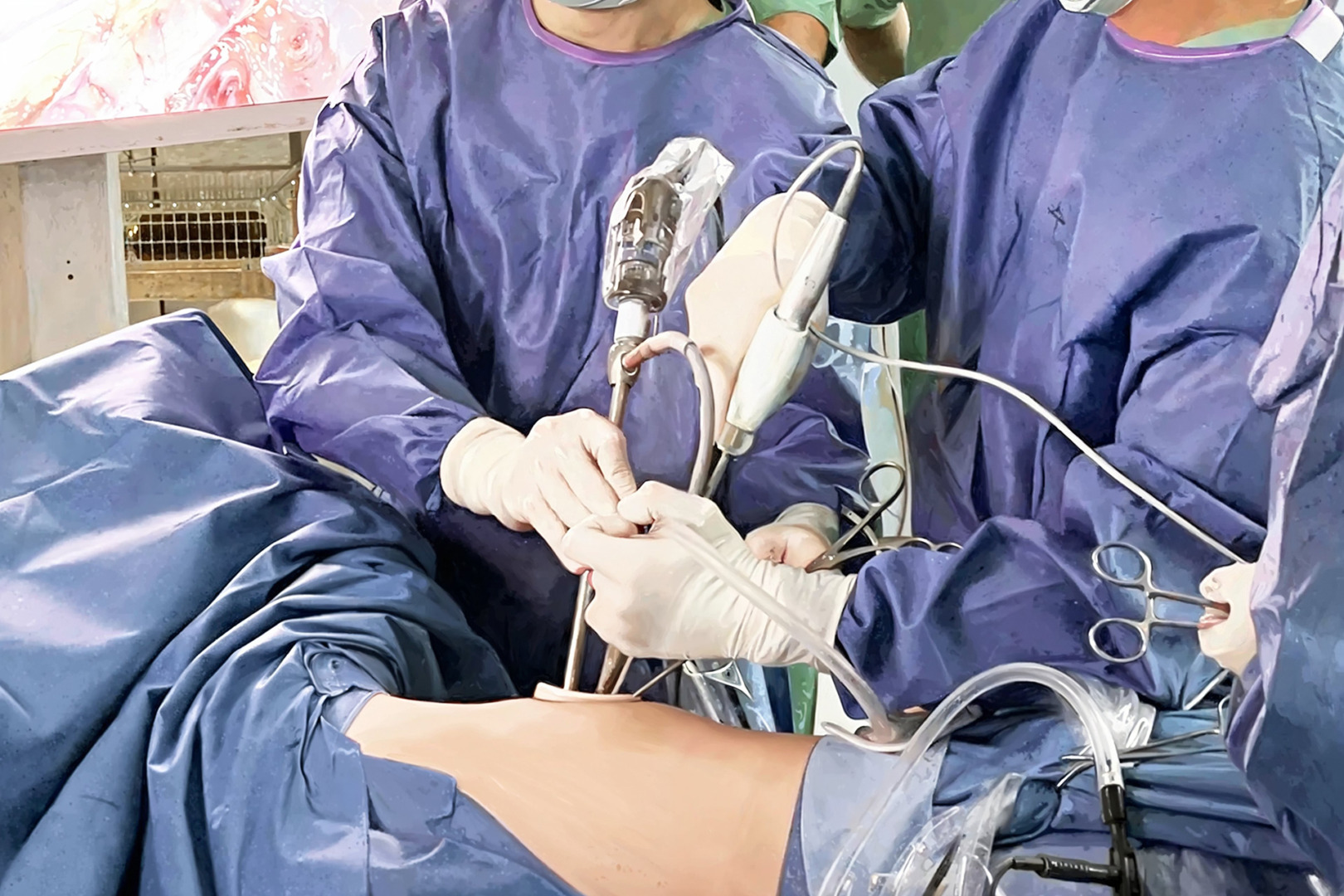
2. **Why Surgeons Embrace VATS: The Core Advantages** It’s no secret that traditional open surgeries often come with significant discomfort and extended recovery periods. This is precisely where VATS shines, offering a compelling array of advantages that have made it the preferred approach for thoracic surgeons worldwide. Its benefits are not merely incremental; they represent a significant improvement in patient experience and outcomes.
The most celebrated advantages include significantly reduced postoperative pain, which directly contributes to faster recovery times. Patients typically experience shorter hospital stays compared to those undergoing traditional open thoracotomy, allowing them to return to their daily lives more quickly. This expedited recovery is not just a matter of convenience; it translates into a better quality of life post-surgery.
Furthermore, VATS boasts a superior safety profile, particularly beneficial for vulnerable patient populations such as the elderly or frail, and individuals living with chronic pulmonary conditions like chronic obstructive pulmonary disease (COPD). The reduced trauma associated with minimally invasive access leads to lower perioperative morbidity and mortality rates. These advancements have not only expanded the applicability of VATS but also improved overall patient outcomes while, in many cases, lowering healthcare costs.
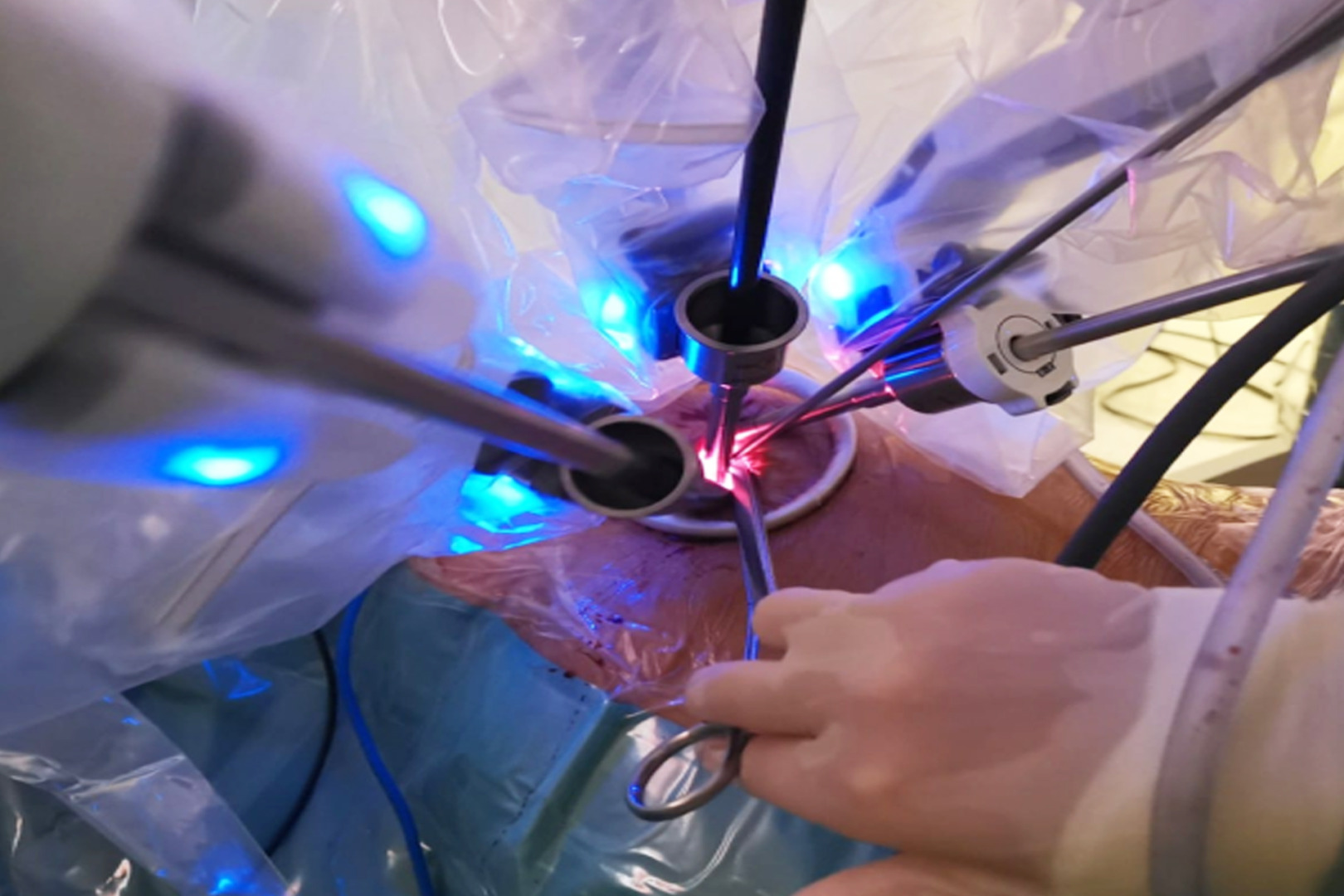
3. **A Glimpse Inside: How VATS is Performed** Understanding what actually happens during a VATS procedure can demystify this advanced surgical technique. Typically, the entire procedure is performed under general anesthesia, meaning you’ll be in a sleep-like state, completely unaware of the surgery. To ensure adequate oxygenation throughout, a breathing tube is carefully placed down your throat and into your windpipe.
Once the anesthesia is administered and the breathing tube is in place, your surgeon will make several small cuts in your chest. These incisions are strategically positioned to allow for the insertion of the specially designed surgical tools, including the crucial thoracoscope. The high-resolution video feed from the thoracoscope guides every movement the surgeon makes, allowing for precise work within the chest cavity.
While the exact duration can vary based on the specific procedure being performed and the patient’s unique situation, VATS typically takes approximately two to three hours. Following the surgery, it’s common to require a hospital stay for a few days, allowing medical staff to monitor your initial recovery and ensure everything is progressing as expected.
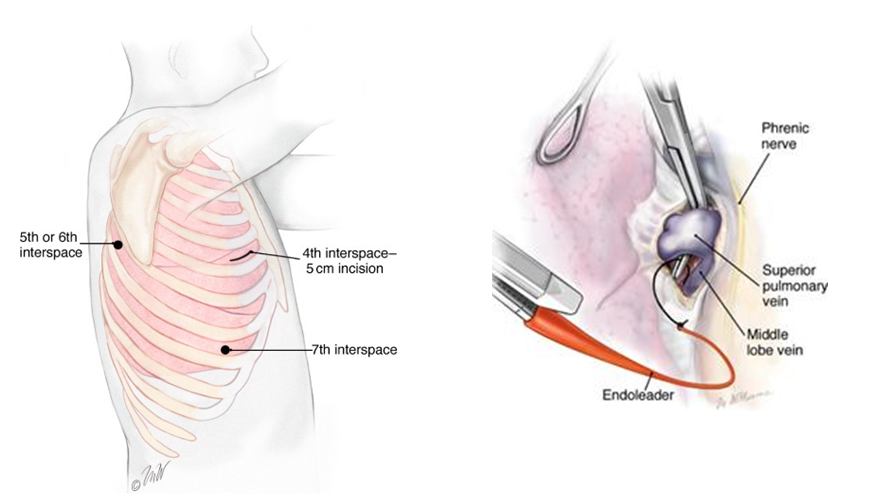
4. **The A-Z of VATS: Conditions It Treats** One of the most remarkable aspects of Video-Assisted Thoracoscopic Surgery is its incredible versatility. It’s not limited to a single ailment but is a powerful tool for diagnosing and treating a wide array of conditions affecting the chest area. At its forefront, VATS is extensively utilized for addressing various forms of cancer, offering a less invasive option for critical interventions.
Healthcare providers primarily employ VATS to diagnose and treat lung cancer, a prevalent and serious condition. It is also highly effective for managing metastatic cancer that has spread to the lungs from other parts of the body. Beyond cancerous growths, VATS plays a crucial role in dealing with issues related to the esophagus, the muscular tube that connects your throat to your stomach. This includes addressing cancer of the esophagus or even conditions requiring the removal of part or all of the esophagus.
The scope of VATS extends further to encompass conditions such as cancer of the thymus gland, a small organ located behind the breastbone. It’s also used for pleural effusion, which is the accumulation of excess fluid around the lungs, and pleural mesothelioma, a type of cancer affecting the tissue surrounding the lungs. Additionally, VATS is invaluable in treating lung diseases like chronic obstructive pulmonary disease (COPD) and persistent lung infections, pericardial effusion (fluid around the heart), spine and paraspinal tumors, hyperhidrosis (excessive sweating), myasthenia gravis, and lymphoma. This extensive list truly showcases the breadth of its application.
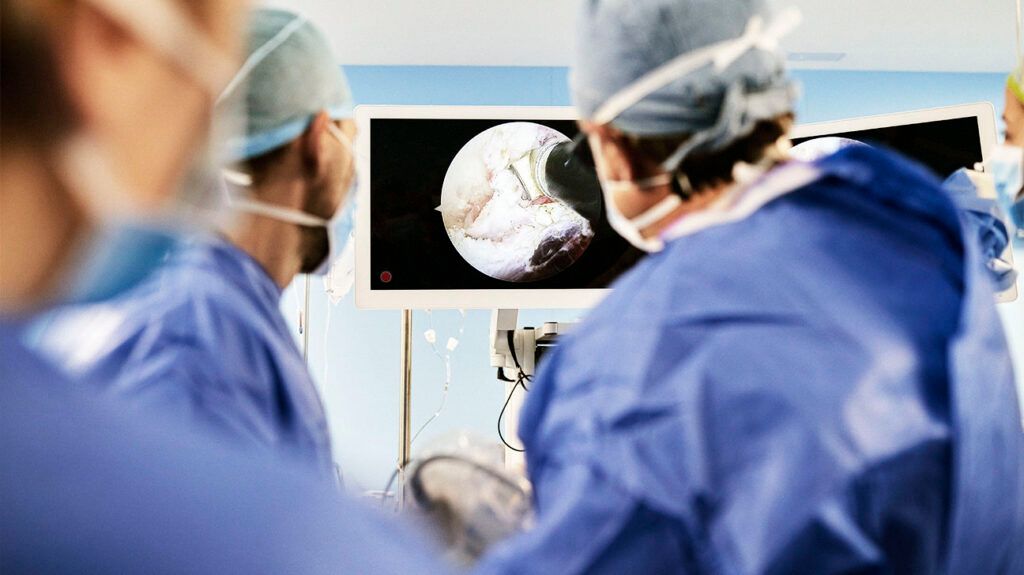
5. **Types of VATS Procedures: From Biopsies to Resections** Within the broad umbrella of VATS, a variety of specific surgical procedures can be performed, each tailored to a particular diagnostic or therapeutic need. These procedures range from simply taking a small tissue sample for diagnosis to complex resections of entire organs, all carried out through the characteristic small incisions. This adaptability makes VATS a cornerstone of modern thoracic surgery.
One of the most common applications is VATS lung resection, which involves removing a portion of the lung due to cancer, injury, or infection. This can include a wedge resection, which removes a small, localized portion; a lobectomy, which excises an entire lobe of the lung; or, in more extensive cases, a pneumonectomy, the removal of an entire lung. These procedures demonstrate the capacity of VATS to handle significant surgical challenges.
Beyond lung resections, VATS is also used for an esophagectomy, the removal of the esophagus, often for cancer treatment. A thymectomy, the removal of a diseased thymus gland, is another frequent VATS procedure. Furthermore, decortication—the removal of infected material and scar tissue from around the lung—and lung volume reduction surgery (LVRS), which involves excising diseased lung tissue to improve breathing, are routinely performed. For diagnostic purposes, VATS allows surgeons to obtain biopsies from various sites, including parts of the lung, lymph nodes, the tissue surrounding the lung or heart, or the food pipe (esophagus), helping to accurately diagnose conditions like cancer.
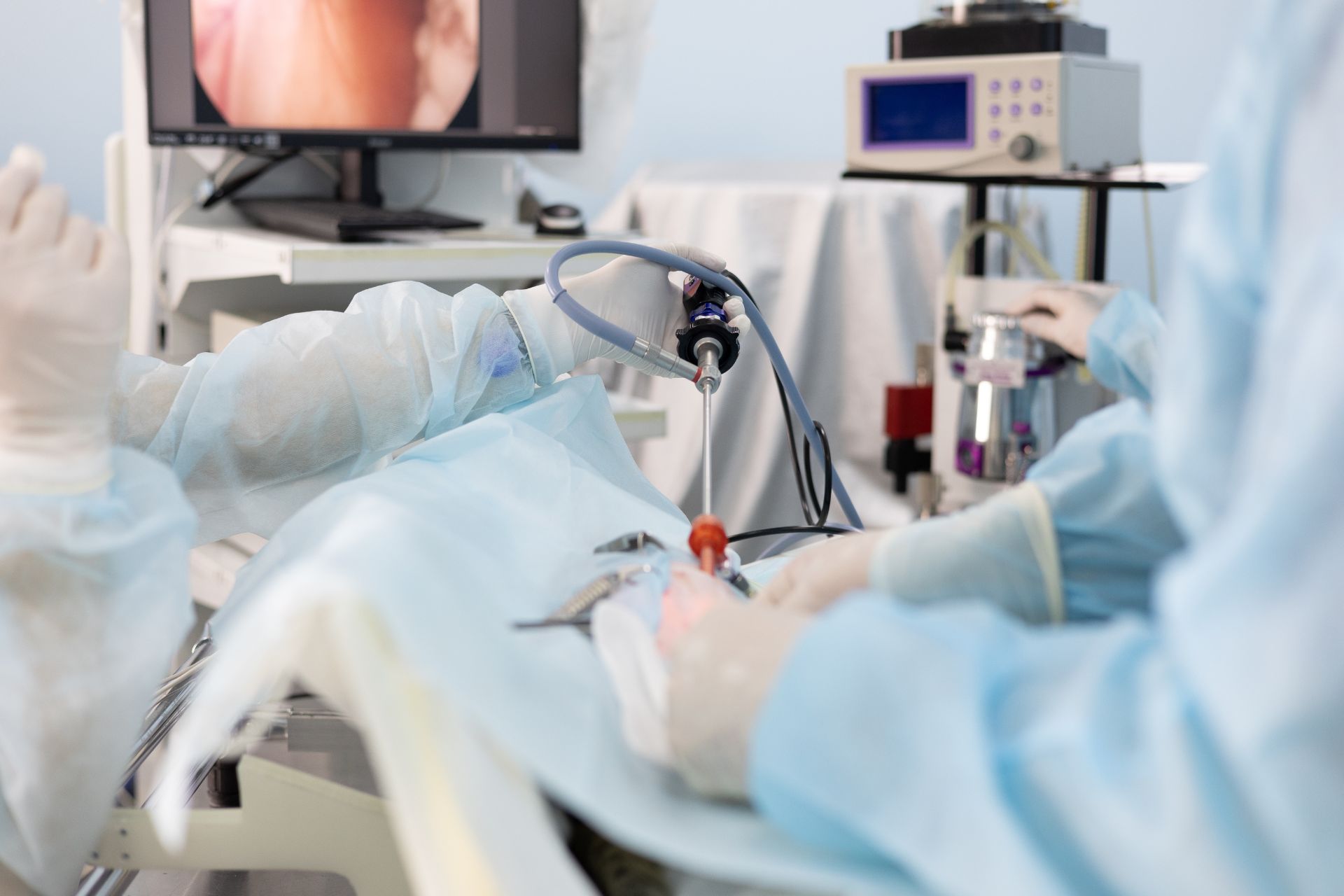
6. **Preparing for Your VATS Journey: What to Expect Beforehand** Preparation is paramount for any surgical procedure, and VATS is no exception. Before surgery is even scheduled, a thorough preoperative evaluation is conducted to determine if VATS is the most suitable option for you. This assessment is crucial for identifying candidates who can safely undergo the procedure, particularly those requiring one-lung ventilation.
This comprehensive assessment often includes a battery of tests designed to evaluate your overall health, with a particular emphasis on your cardiac and respiratory function. You might undergo various imaging tests, such as chest X-rays, CT scans, or MRIs, to get detailed pictures of your chest anatomy. Blood tests are standard, along with more specialized lung function tests like spirometry, plethysmography, and diffusing capacity of the lungs for carbon monoxide (DLCO) measurement. A heart evaluation, including an electrocardiogram (ECG) and potentially cardiopulmonary exercise testing, ensures your cardiovascular system can tolerate the surgery.
The results of these tests help your healthcare team understand your lung mechanics, parenchymal function, and cardiopulmonary reserve. For instance, an FEV1 greater than 60% often suggests tolerance for anatomical lobe resection, while a DLCO ideally exceeding 40% is desired for surgery. If you are scheduled for surgery, your healthcare provider will give you specific instructions, which may include stopping certain medicines like blood thinners, quitting smoking, engaging in daily exercise, and possibly doing breathing exercises with a spirometer, all aimed at optimizing your readiness and minimizing risks.

